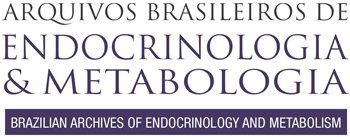Diferentemente da maioria dos hormônios, que usualmente são moléculas especializadas capazes de influenciar outras células, tecidos e sistemas, os hormônios da tireoide (HT) são peptídeos pleiotrópicos, cuja função primordial é difícil de identificar. A ação complexa dos HT na fisiologia humana pode ser facilmente reconhecida ao observar as diversas consequências do excesso e da deficiência de HT durante e após o pleno desenvolvimento. Em particular as diferentes manifestações na modelação e remodelação óssea refletem que as consequências esqueléticas das disfunções tireoidianas dependem das circunstâncias e variam com a idade. Enquanto o hipertireoidismo durante a infância aumenta a mineralização óssea e acelera a maturação epifisária, em adultos induz a perda óssea pela ativação predominante da ação osteoclástica. Além disso, a síndrome de resistência ao HT é uma condição multifacetada na qual diferentes tecidos apresentam sinais de excesso ou deficiência hormonal, dependendo da predominância da expressão das diversas isoformas do receptor de HT. O impacto da resistência ao HT sobre o esqueleto ainda é motivo de investigação. Apresentamos aqui uma revisão abrangente sobre as ações ósseas dos HT e o impacto no esqueleto dos distúrbios da tireoide, incluindo hipo e hipertireoidismo e síndrome de resistência ao HT.
Hormônios tireoidianos; osteoporose; tireotoxicose; hipotireoidismo; resistência ao hormônio tireoidiano

